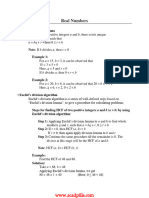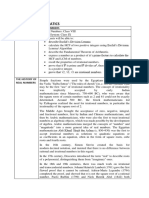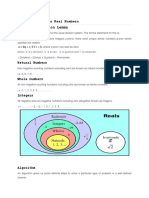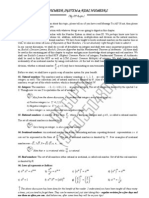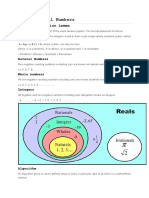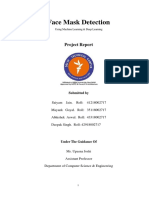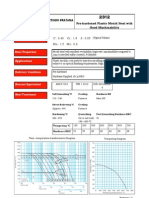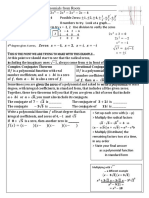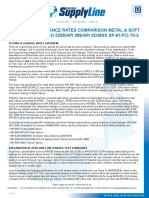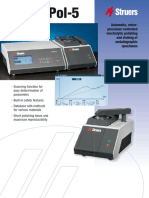0% found this document useful (0 votes)
36 views85 pagesMaths - Real Numbers - Test Supplementary Content
The document is an educational resource for 10th-grade mathematics, focusing on real numbers and related concepts. It covers topics such as the number system, Euclid's division lemma and algorithm, the fundamental theorem of arithmetic, and properties of rational and irrational numbers. Additionally, it includes various questions and examples to reinforce understanding of HCF, LCM, and factorization.
Uploaded by
Krishnendu mukherjeeCopyright
© © All Rights Reserved
We take content rights seriously. If you suspect this is your content, claim it here.
Available Formats
Download as PDF, TXT or read online on Scribd
0% found this document useful (0 votes)
36 views85 pagesMaths - Real Numbers - Test Supplementary Content
The document is an educational resource for 10th-grade mathematics, focusing on real numbers and related concepts. It covers topics such as the number system, Euclid's division lemma and algorithm, the fundamental theorem of arithmetic, and properties of rational and irrational numbers. Additionally, it includes various questions and examples to reinforce understanding of HCF, LCM, and factorization.
Uploaded by
Krishnendu mukherjeeCopyright
© © All Rights Reserved
We take content rights seriously. If you suspect this is your content, claim it here.
Available Formats
Download as PDF, TXT or read online on Scribd
/ 85



















